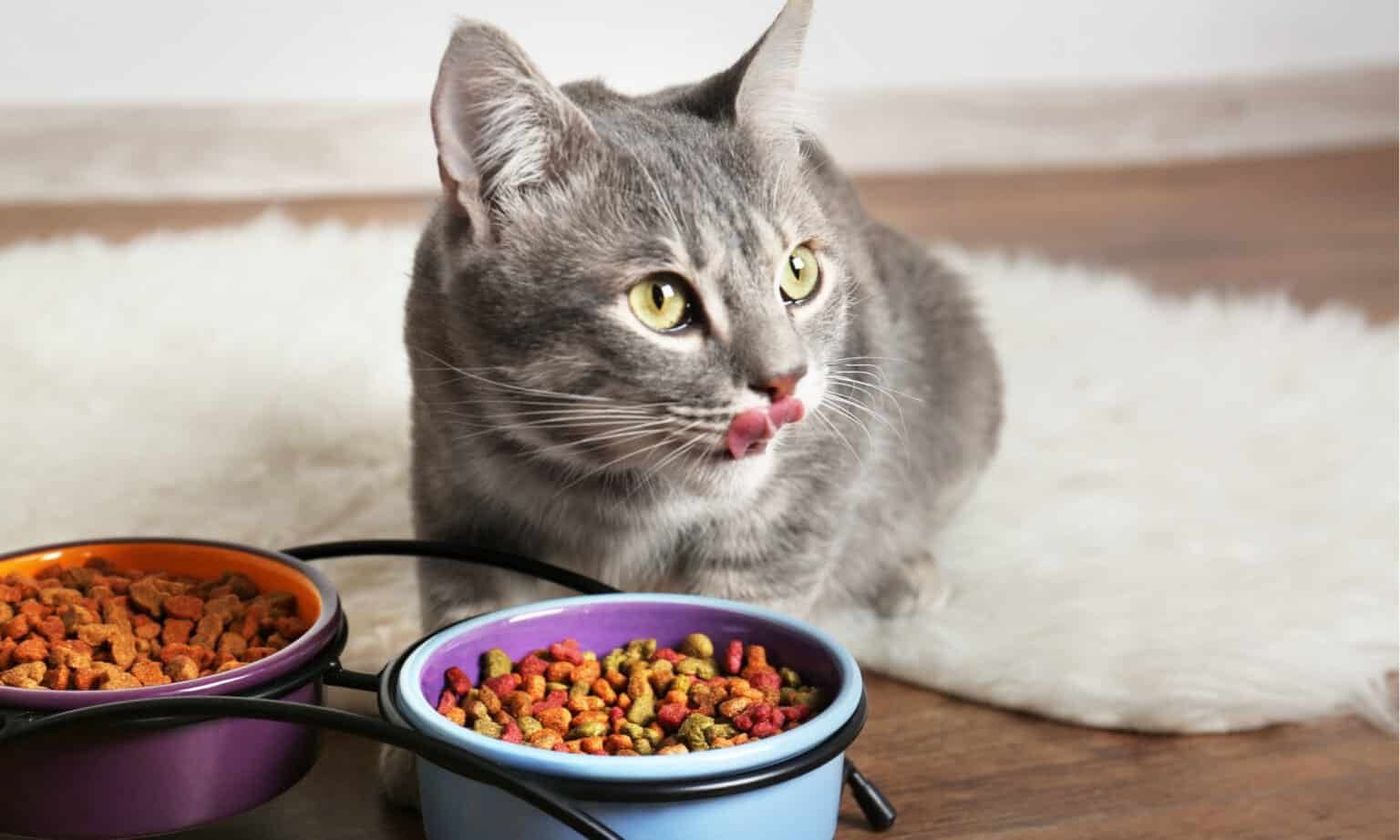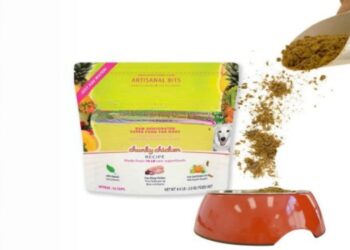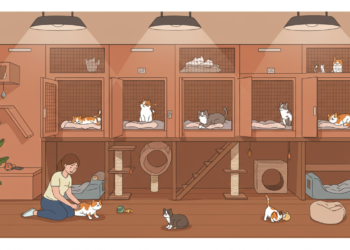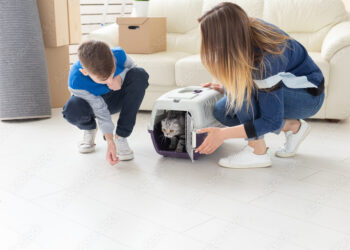As pet owners, we all want to provide our furry friends with the best possible nutrition. One of the most important aspects of cat food is palatability – the taste, aroma, and texture of the food that makes it appealing to cats. In this article, we’ll explore the science behind cat food palatants and the ingredients that drive feline appetites.
Introduction
Cats are known for their finicky eating habits, and it can be a challenge to find a food that they’ll consistently enjoy. This is where palatability comes in – a palatable food is one that cats find tasty and appealing, and are more likely to eat. Palatability is influenced by a variety of factors, including the food’s taste, texture, and aroma, as well as the cat’s individual preferences and physiological needs.
What are Cat Food Palatants?
Palatants are the ingredients that are added to cat food to make it more palatable. They are designed to enhance the taste, texture, and aroma of the food, and can be either natural or artificial. Cat food palatants are essential for ensuring that cats get the nutrition they need to stay healthy.
The Importance of Palatability in Cat Food
Palatability is important for several reasons. First, cats are obligate carnivores, which means that they require a high amount of protein in their diet. However, protein can have a strong taste and odor that some cats find unappealing. Palatants can help to mask these unappealing flavors and make the food more appealing to cats.
In addition, palatability can encourage cats to eat more, which is especially important for cats that are picky eaters, have a low appetite, or are recovering from an illness or surgery. Eating a palatable food can also provide cats with a positive eating experience, which can help to reduce stress and anxiety.
Related: Happy Dog Food Review and Recommendations
How Palatants are Formulated
Palatants are formulated using a variety of techniques, including sensory evaluation, ingredient selection, and processing methods. In sensory evaluation, trained panelists taste and evaluate different ingredients to determine their palatability.
Ingredient selection involves choosing ingredients that are known to be palatable to cats, such as chicken, fish, and liver. Processing methods can also affect palatability – for example, the texture of the food can be adjusted by adding a texturizer, such as cellulose or carrageenan.
Natural vs. Artificial Palatants
Natural palatants are derived from natural sources, such as meat, poultry, or vegetable proteins, and are minimally processed. Artificial palatants are typically made from a combination of natural and synthetic ingredients and are designed to mimic the taste and aroma of natural ingredients.
Both natural and artificial palatants can be effective in enhancing palatability. However, natural palatants are generally considered to be healthier for cats, as they are less likely to contain harmful chemicals or additives.
Common Palatant Ingredients
Palatants can be made from a variety of ingredients, including proteins, fats and oils, carbohydrates, amino acids and minerals, and flavor enhancers. Let’s take a closer look at each of these ingredients:
Proteins
Proteins are a key component of cat food palatants. They are essential for providing cats with the amino acids they need to build and maintain muscle mass. Common protein sources used in palatants include chicken, fish, beef, and lamb.
Fats and Oils
Fats and oils are another important component of palatants. They provide cats with energy and help to improve the taste and aroma of the food. Common fat and oil sources used in palatants include animal fat, fish oil, and vegetable oil.
Carbohydrates
Carbohydrates are often used as a source of energy in cat food, but they can also be used to improve palatability. Carbohydrate sources used in palatants include corn, wheat, and rice.
Amino Acids and Vitamins
Amino acids and vitamins are added to palatants to provide cats with essential nutrients. For example, taurine is an amino acid that is essential for maintaining healthy heart function in cats. Vitamin E is another important nutrient that can help to improve the taste and aroma of the food.
Aromatics
Aromatics are ingredients that provide a pleasant odor to the food. Aromatic ingredients used in palatants include garlic, onion, and various herbs and spices.
Texturizers
Texturizers are ingredients that help to improve the texture of the food, which can make it more appealing to cats. Common texturizers used in palatants include carrageenan, xanthan gum, and cellulose.
Related: Star Pro Dog Food Review
Minerals and Trace Elements
Minerals and trace elements are important for maintaining a healthy immune system, bone growth, and other vital functions. Palatants may contain minerals such as calcium, phosphorus, and magnesium, as well as trace elements like iron, copper, and zinc.
Flavor Enhancers
Flavor enhancers are added to palatants to improve the taste and aroma of the food. Common flavor enhancers include hydrolyzed proteins, yeast extracts, and meat digests.
FAQs
Q. Are natural or artificial palatants better for cats?
A. While both natural and artificial palatants can be effective, natural palatants are generally considered to be healthier for cats.
Q. What are some common palatant ingredients?
A. Common palatant ingredients include proteins, fats and oils, carbohydrates, amino acids and vitamins, minerals and trace elements, flavor enhancers, aromatics, and texturizers.
Q. How can I tell if my cat enjoys their food?
A. If your cat is eagerly eating their food and doesn’t leave any behind, it’s a good sign that they enjoy it.
Q. Can palatability be improved in homemade cat food?
A. Yes, by using high-quality, palatable ingredients and adding flavor enhancers, such as broth or catnip, palatability can be improved in homemade cat food.
Q. Are there any downsides to highly palatable cat food?
A. Highly palatable cat food can lead to overeating and weight gain if not portioned properly, so it’s important to monitor your cat’s food intake and maintain a healthy weight.
Conclusion
Palatability is a crucial aspect of cat food, and palatants play a vital role in making cat food more appealing to our feline friends. By understanding the science behind cat food palatant and the ingredients that drive feline appetites, we can make informed choices about the cat food we feed our pets. Remember to choose cat food that is palatable and meets all of your cat’s nutritional needs.










